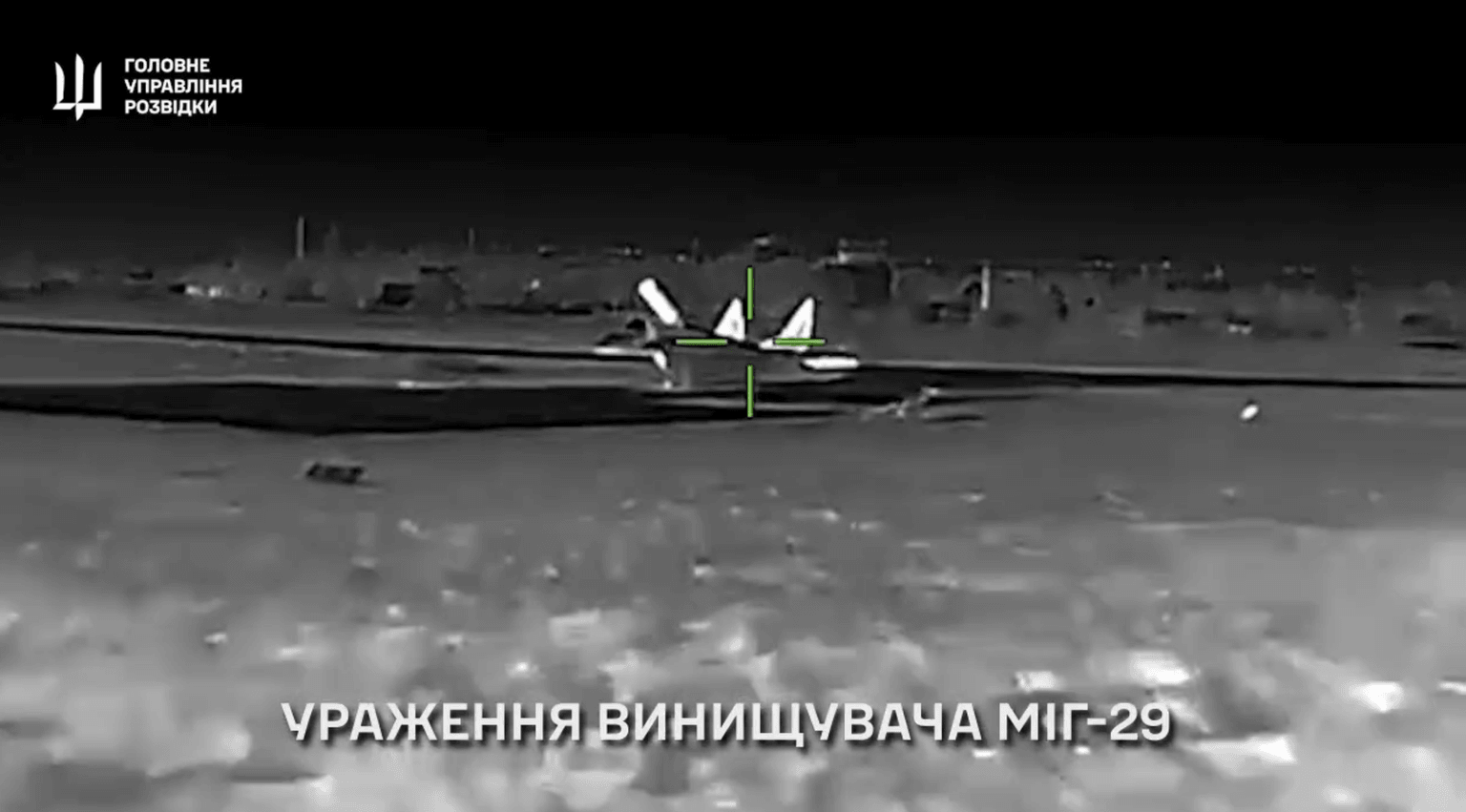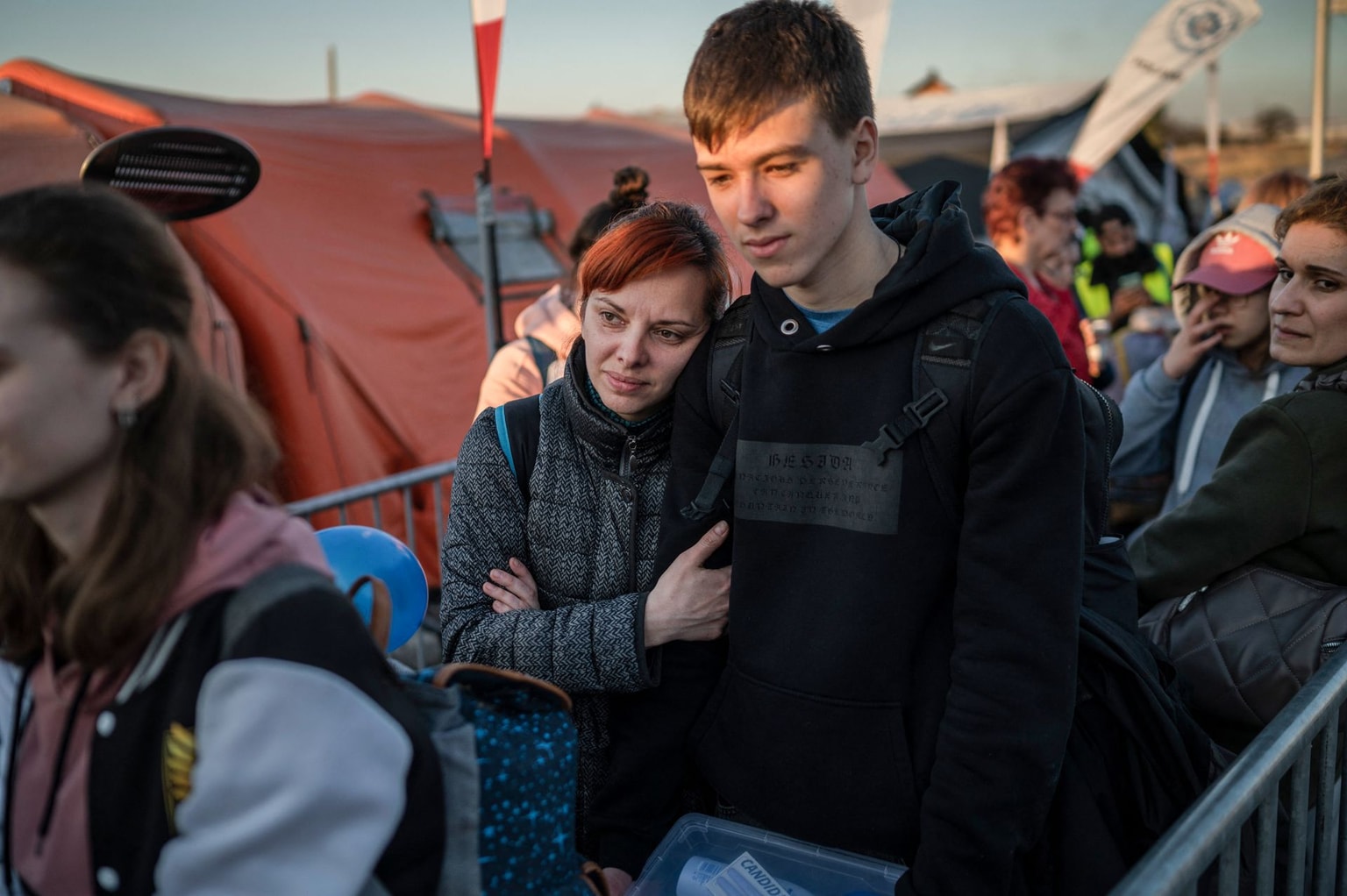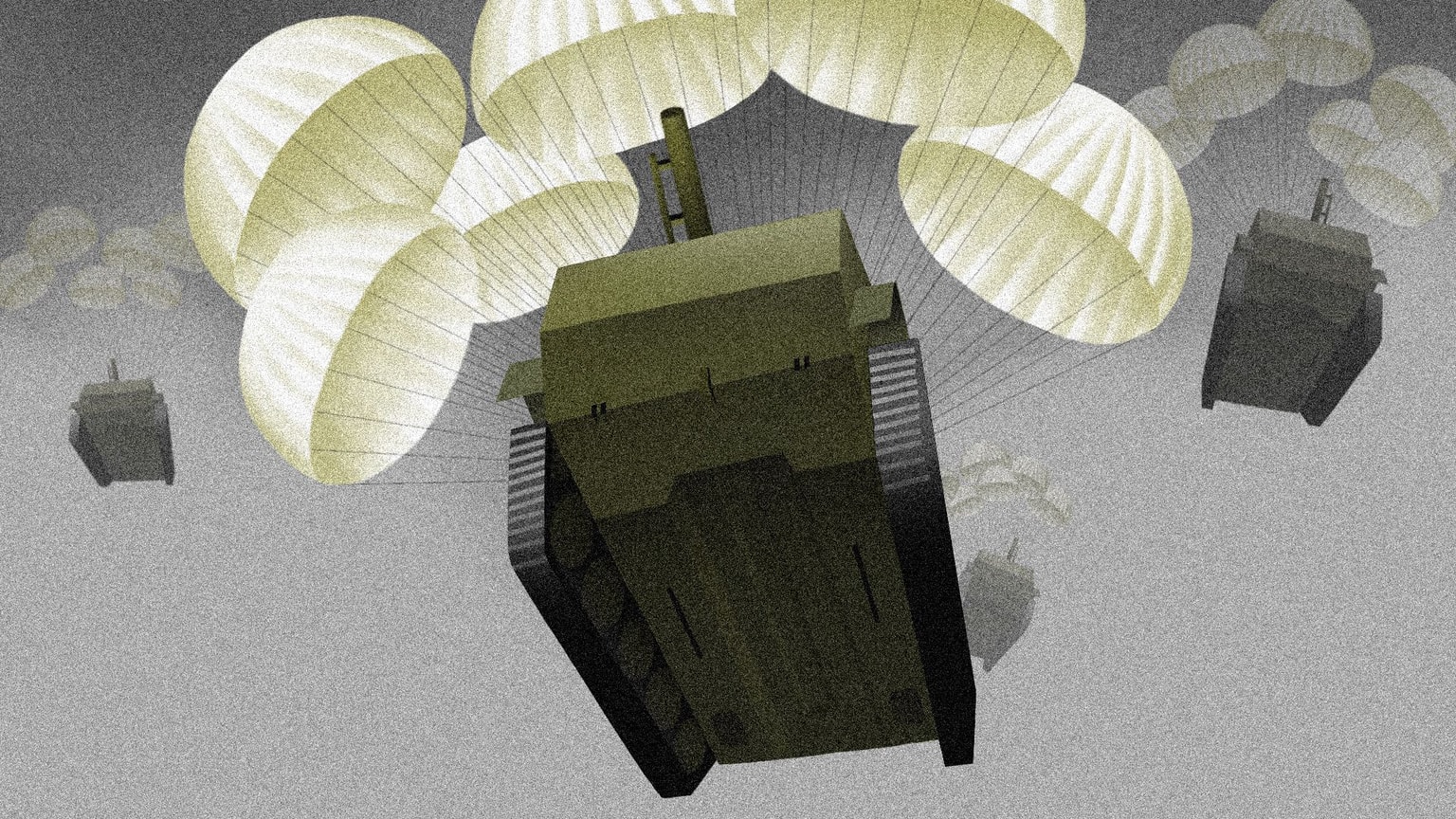Russia's territorial gains in Ukraine drop to lowest level since June 2024, monitoring group says

Russian forces' advance into Ukraine has slowed significantly in the past few months, with Moscow seizing just 133 square kilometers in March, the lowest monthly total since June 2024, battlefield monitoring group DeepState reported on April 1.
The pace of Russia's offensive had steadily increased since July, peaking in November when Russian troops captured 725 square kilometers, overrunning a badly overstretched Ukrainian defense in several areas, especially in the south of Donetsk Oblast.
Gains have consistently declined since the beginning of winter, with the Russian army seizing 401 square kilometers in December, 321 in January, and 189 in February.
This relative stabilization of the front line was achieved thanks to the winter conditions, effective work of Ukrainian drone units, and a temporary exhaustion of Russian offensive potential.
Russian forces continue offensive operations, particularly around the city of Pokrovsk in in Donetsk Oblast, where fighting intensified at the end of March.
Commander-in-Chief Oleksandr Syrskyi said on March 31 that Russian forces are "stalling" and failing to advance in the area. Pokrovsk, located about 70 kilometers northwest of Donetsk, remains a major flashpoint.
While Russia's advances in Ukraine have slowed, its forces have nearly reversed Ukraine's territorial gains in Russia's Kursk Oblast. Ukraine controlled 407 square kilometers there in early March but held just 70 square kilometers by month's end, DeepState reported.
Ukraine had initially seized 1,300 square kilometers of Russian territory before Moscow, reinforced by North Korean units, launched a counteroffensive. Since launching operations in Kursk Oblast, Russian forces have suffered over 55,000 casualties, Syrskyi said on March 27.
DeepState warned that Russian forces previously engaged in Kursk may now be redeployed elsewhere, posing additional threats along the front line.











